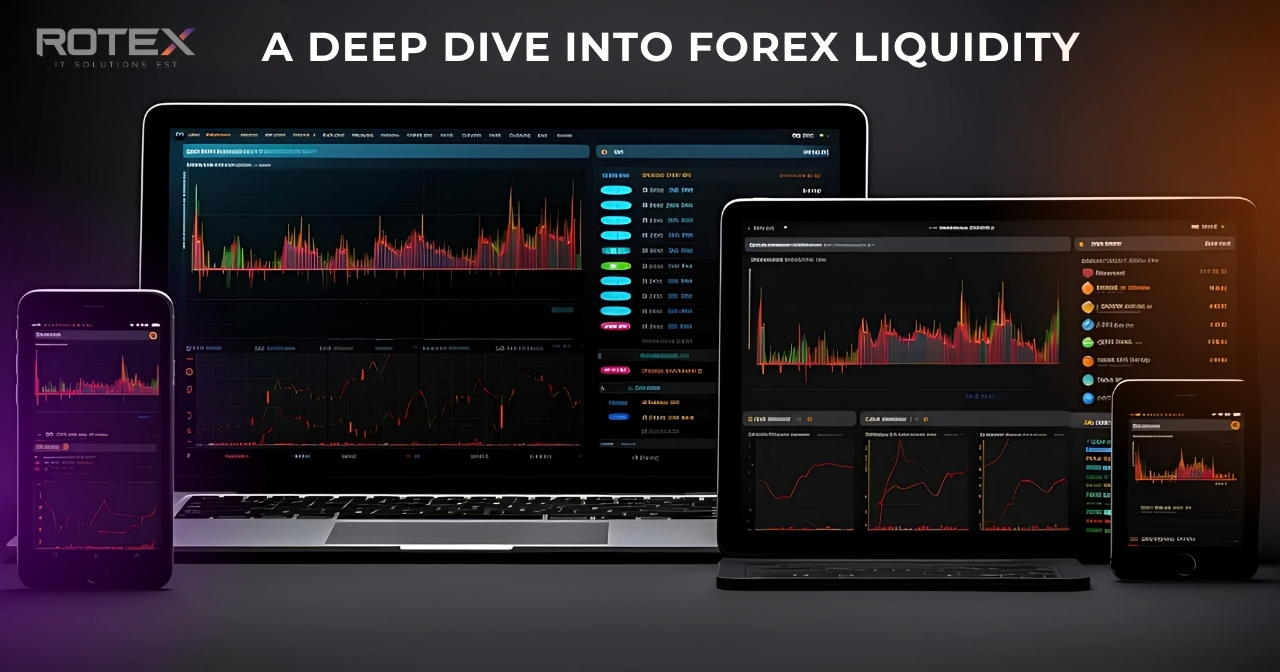Understanding Liquidity in Forex: An In-Depth Overview
Liquidity in the Forex market is a critical factor influencing trading efficiency and market stability. This guide explores the essentials of liquidity, including its definition, types of liquidity providers, factors influencing it, and its implications for Forex brokers and traders.
1. What Is Liquidity?
Liquidity refers to how easily assets can be bought or sold in the market without affecting their price. In Forex, high liquidity allows traders to execute transactions quickly, minimizing costs and price volatility. It is vital for maintaining price stability and ensuring a fair trading environment.
2. Types of Liquidity Providers
Market Makers
Market makers facilitate liquidity by providing continuous buy and sell quotes for currency pairs. They profit from the bid-ask spread while ensuring that traders can execute their orders promptly.
Institutional Providers
Banks and hedge funds serve as institutional liquidity providers, engaging in large-scale transactions that enhance overall market liquidity. Their participation contributes to a more stable and efficient trading environment.
3. Factors Influencing Liquidity
Economic Indicators
Economic data, such as interest rates and employment statistics, directly impact currency values and liquidity. Positive data often leads to increased trading activity as market participants react to changes in economic conditions.
Market Hours
The Forex market operates 24 hours a day, divided into major trading sessions (Asian, European, and North American). The overlap between the European and North American sessions typically sees the highest liquidity, essential for effective trading strategies.
4. Measuring Liquidity
Bid-Ask Spread
The bid-ask spread is a key indicator of liquidity. A narrower spread indicates higher liquidity, meaning more buyers and sellers are active in the market. Conversely, a wider spread signifies lower liquidity.
Depth of Market
Depth of market (DOM) shows the volume of buy and sell orders at various price levels. A deeper market indicates higher liquidity, allowing traders to execute larger transactions without affecting prices significantly.
5. The Impact of Liquidity on Trading Strategies
Scalping
Scalpers rely on high liquidity to make quick trades and capitalize on small price movements. They need efficient entry and exit points, making liquidity essential for their success.
Swing Trading
Swing traders focus on longer-term price movements. While liquidity is still important, they may be less affected by short-term fluctuations. However, awareness of market conditions remains crucial.
6. The Role of Forex Brokerage
Turnkey Solutions
Forex brokerage turnkey solutions provide the necessary infrastructure for managing liquidity effectively, allowing brokers to focus on their core operations while meeting clients’ needs.
Back-Office Management
Complete back-office management is essential for optimizing operations and maintaining liquidity. Brokers must handle client accounts, trading activities, and compliance efficiently.
7. Technical Support for Liquidity Management
Reliable technical support is critical for maintaining trading platforms and addressing liquidity-related issues. Advanced technologies, such as liquidity management systems, help brokers make informed decisions and enhance trading conditions.
8. Challenges in Maintaining Liquidity
Market Volatility
High volatility can lead to decreased liquidity as traders withdraw from the market. Brokers must prepare by diversifying liquidity sources and implementing risk management strategies.
Slippage
Slippage occurs when trades are executed at different prices than expected, often due to low liquidity. Brokers can mitigate slippage by using advanced order types and setting limits on slippage.
9. Future Trends in Forex Liquidity
Emerging markets are likely to play a more significant role in liquidity as Forex trading becomes more accessible. Additionally, technological advancements, such as blockchain and decentralized finance (DeFi), will reshape liquidity management.
10. Conclusion
Understanding liquidity in Forex is essential for effective trading and brokerage operations. High liquidity enhances trading efficiency, reduces costs, and ensures a stable market environment. By leveraging turnkey solutions and technical support, brokers can optimize liquidity management and improve overall trading experiences for their clients.


